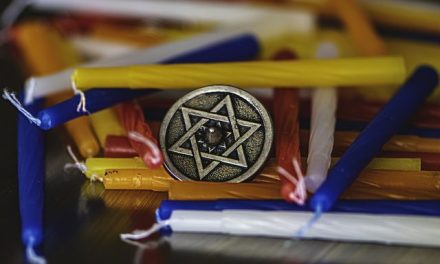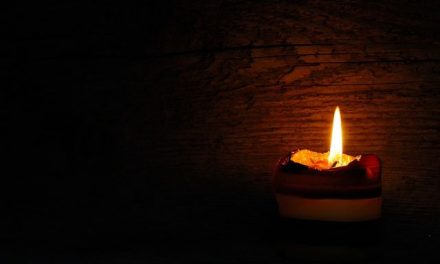By Daniel Scharpenburg
We all know that Buddhist practice is something Buddhists do.
And when the Buddha attained enlightenment he was alone. We can have teachers and we can practice with others, but ultimately it’s our own commitment and determination that brings us to awakening.
But, at the same time, the Buddha did describe community as something very important. The three jewels: The Buddha, the Dharma, and the Sangha are what we take refuge in. That is: the example set by the teacher, the teachings, and the spiritual community. Or, put another way, the lineage, the philosophy, and the community of Buddhism.
So, what does it mean to take refuge?
Taking refuge is the act of officially becoming a Buddhist. This is when we make a commitment to the three jewels.
When we take refuge in the Buddha, we are commiting to follow the Buddha’s example. The story of the Buddha tells us that we all have the potential for awakening. We all have Buddha nature, so we’re really taking refuge in our true selves. The Buddha represents our potential for awakening.
When we take refuge in the dharma we are putting forth the intention to walk the path as set out by the Buddha.
Different lineages might have different ideas about what commiting to the dharma means. In my lineage it means studying Buddhist texts and cultivating the six perfections as much as I can.
These are: generosity, virtue, patience, diligence, wisdom and concentration. Refuge in the dharma represents our sincere devotion to follow the path that was laid out for us by the Buddha.
When we take refuge in the Sangha, this can be understood on a few different levels.
On one level, we are taking refuge in the community of all Buddhists that have come before. We can learn a lot by studying Buddhist history. On another level, we are taking refuge in the people that are here with us now.
Practicing with others helps us in a fundamental way. In the same way that having a workout buddy helps people go to the gym, having a Buddha buddy helps. It’s easier for us to stay on track when we’re doing it together, even if we don’t really talk about it.
The fact of the matter is that we are, for the most part, social beings. Being in a spiritual community serves as a source of encouragement and check against our own ignorance. And practicing with a Sangha is also helpful because it’s easier to practice our Buddhist values of compassion and sympathetic joy with others who are trying to do the same.
The Sangha is also a way to preserve teachings and lineages. Sanghas literally provide a place to practice, meditate, and hear teachings. Sanghas also provide people to talk to. Especially when some parts of the path seem difficult, it can help to ask others on the path questions.
Without a Sangha, that might not be possible.
But, can we practice alone?
The Buddha walked away from his community of ascetics before he attained enlightenment.
I don’t want to say someone can’t practice on their own and be a Buddhist. I only want to say that having a Sangha (or more than one) helps. It helps to see and interact with others on the path, to spend time with like-minded individuals. When I started practicing with a Sangha, I found that it did a lot to increase my determination.
That being said, do you have to? No.
That’s the thing about Buddhist teachings that people forget sometimes—these are suggestions. The Buddha listed these things as suggestions to help us on the path. They aren’t commandments and shouldn’t be looked at as such.
Is a community necessary? No. But it helps. It helps a lot.
It’s worth noting that our Buddha nature is our true nature. It’s beneath layers of delusion, but it’s there. Because it’s our true nature, people do awaken to it without having a Sangha.
I think of practicing without a Sangha as like teaching yourself how to drive a car. Could you teach yourself how to drive a car? Sure. You could. But it’s a whole lot easier if you have someone sitting next to you talking you through it. Or, at the very least, if you watch how other drivers do it before you get behind the wheel.
One more note:
In a sense, I would say the Pagans and Hindus and Shamans that I’ve meditated with are part of my Sangha too, even though they aren’t Buddhist. They have been active participants in my journey to enlightenment, just as other Buddhists have.
And in many cases they’re just as like-minded.
Photo: (source)
Editor: Dana Gornall
Comments
- Review of The Power of Mind: A Tibetan Monk’s Guide to Finding Freedom in Every Challenge {Book Review} - August 23, 2022
- The Path to Peace: A Buddhist Guide to Cultivating Loving Kindness by Ayya Khema {Book Review} - July 21, 2022
- That is Not Your Mind! Zen Reflections on the Surangama Sutra {Book Review} - July 16, 2022





